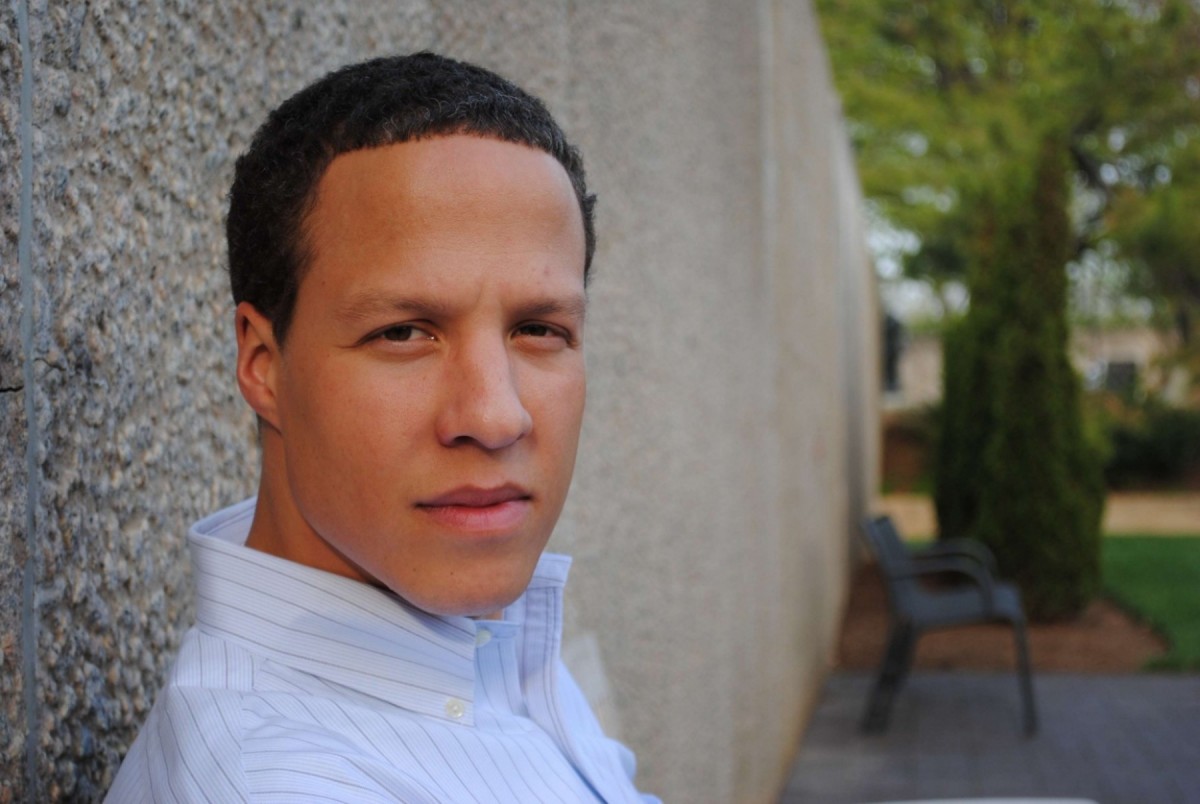In advance of the annual Conference on D.C. Historical Studies, the Washington Post highlighted research by George Derek Musgrove ’97, history, associate professor of history, that identifies four distinct waves of gentrification in Washington, D.C. and reflects residents’ viewpoints of how it has impacted the city.
At the D.C. historical studies conference, Musgrove presented a talk with his colleague Chris Myers Asch at the University of the District of Columbia titled “We Are Headed for Some Bad Trouble: Gentrification and Displacement in Washington, D.C., 1920-2014.” Musgrove and Asch were part of a panel discussion to assess how historical patterns of race- and class-based inequality shape today’s urban landscape in Washington.
The talk was previewed in the Washington Post by columnist John Kelly. In his research, Musgrove identified the first wave of gentrification in 1920s Georgetown: “[Musgrove] said that when gentrification later moved across other neighborhoods, people would say they didn’t want them to end up ‘like Georgetown,’ which was seen as exclusive — and nearly exclusively white.
“Our purpose in writing this was to give people an idea of how old gentrification is in the city and, in the process, to give people an idea of why older residents in particular react to it in the way that they do,” he added.
Last year, Musgrove was interviewed by WAMU’s Metro Connection program about his gentrification research.

